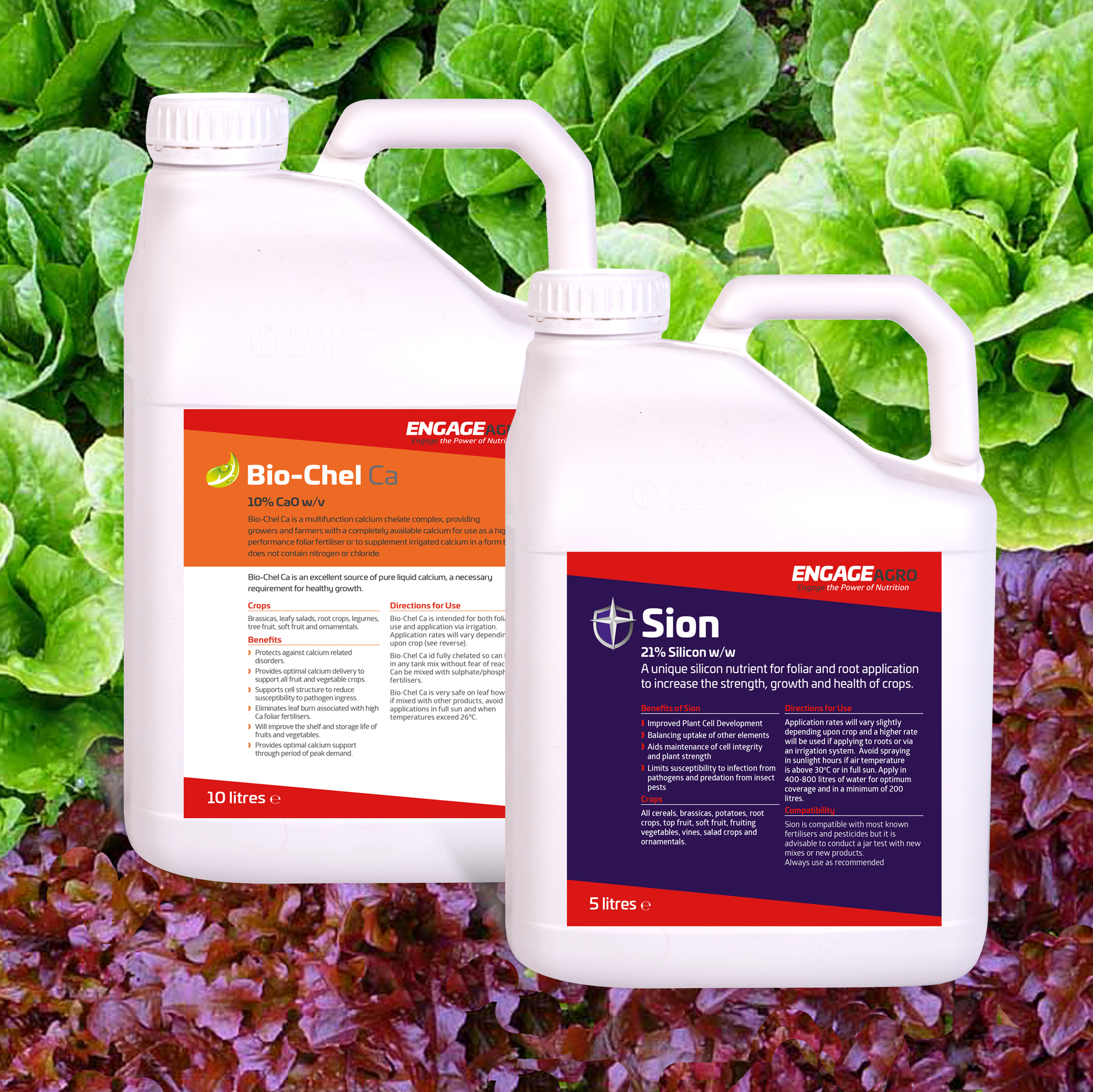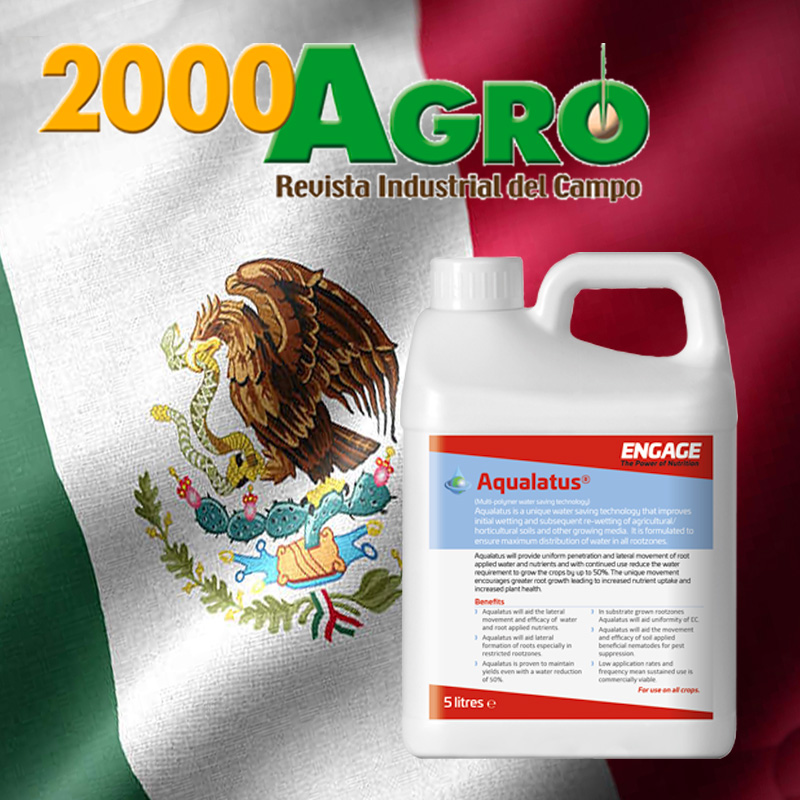Early season lettuce production is undoubtedly the most expensive time in the growing season due to high levels of labour, the cost of fleece protection and it being the longest crop of the year in the ground and all during the toughest of conditions.
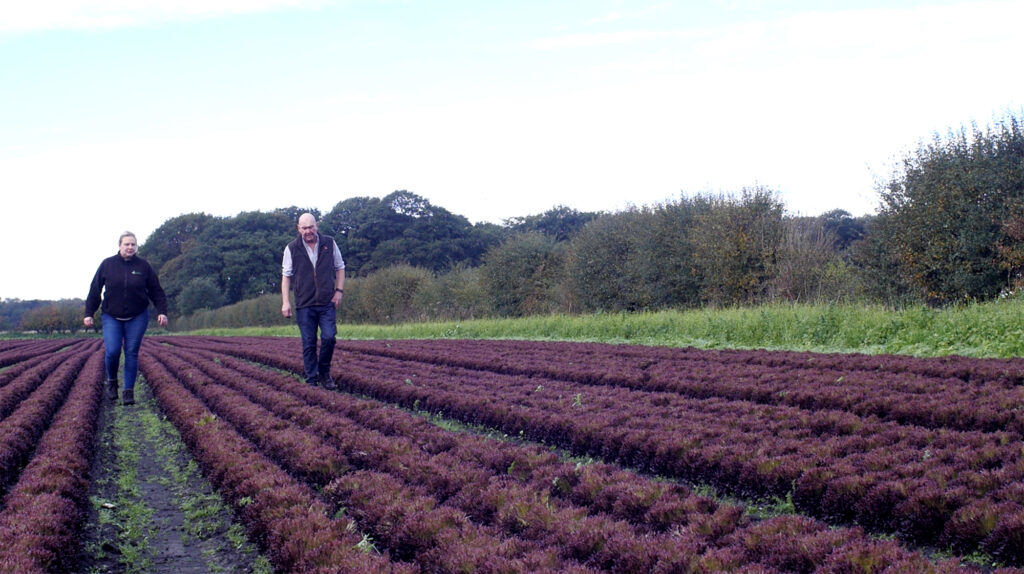
During this time, newly planted lettuce will encounter various abiotic stress conditions such as cold soil temperatures with the possibility of numerous frosts, waterlogged soils, wind damage from fleece covers and increased cellular damage leading to greater disease pressure.
As soon as a window of opportunity arises, eg; when covers being pulled back for routine spraying and good weather conditions prevail, additional nutritional support should be given alongside any plant protection products. As cellular support is so essential during this challenging period, two nutrients should be consistently applied, these being silicon and calcium.
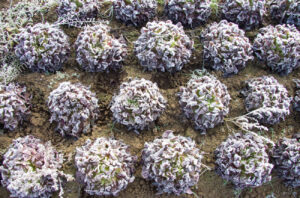
Foliar applications of silicon to lettuce crops although a more recent addition to crop nutrition, have proven in the last few years to be of enormous benefit as the trace element is an essential part of every plant cell’s construction.
Andrew Aspinall of Engage explains why.
‘Once silicon is absorbed by any leafy salad crop it will it immediately strengthen any cell which it is absorbed into, whether it be roots, stems or leaves. This effect is proven to protect crops from the stress associated with cold temperatures, wind damage or higher humidity under fleece. It also stimulates the growth of more cells especially in the cuticle of the crop which increases leaf and stem density, improving overall growth parameters and will significantly reduce susceptibility to infection from disease or predation from insects.’
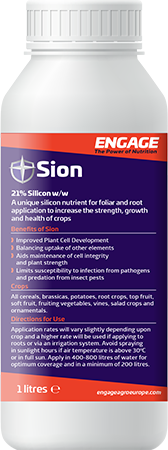
Sion from Engage-Agro is a unique 21% stabilised silicon and will provide the crops with added nutritional support through this crucial growing period. Being a 100% available trace element, Sion’s application rate is extremely low at just 0.25L to 0.5L per hectare making it highly cost effective, allowing its regular use as part commercial salad growers essential nutrient toolkit.
The other essential nutrient during the early growth period of lettuce crops is known by all lettuce growers and that is, calcium. However, identifying the early signs of calcium deficiency in lettuce can often be difficult, especially in early season when the lettuce being is covered by fleece crop and visual inspection is limited.
Calcium is only xylem-mobile, which means the nutrient moves upwards only in the direction of transpiration and not around the plant. If regions of the lettuce plant are not transpiring, then calcium is not being delivered to those areas which can lead to deficiency. This early issue is important as it is often mistaken by growers as a deficiency of calcium in the soil.
Since water carries calcium through the plant as transpiration occurs, calcium movement is dependent solely on transpiration rates. It will not matter how much calcium you supply to the root zone of your crop if you are growing in a humid, low-transpiration environment as the calcium has not method of transport. Conversely, overly dry conditions can cause lettuce plants to close their leaves stomata, interrupting transpiration, which may also lead to calcium deficiency.
Whole head lettuce is particularly susceptible to calcium deficiency in humid environments and is often seen as the symptom of leaf tip burn. As lettuce heads develop, they enclose the apical meristem, or growing point, in an envelope of leaves. This creates a pocket of trapped air, which is resistant to outside air movement. Trapped air reduces transpiration at the growing point, leading to less calcium being delivered, resulting in leaves becoming misshapen which may be tip burned or internally browned.
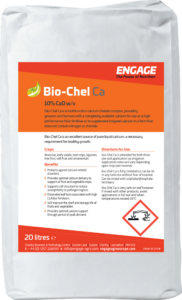
To minimise the risk of this happening to lettuce, Engage recommend foliar applications of their organic calcium chelate Bio-Chel Ca. Bio-Chel Ca is a 10% Ca foliar calcium liquid which is formulated as a pure calcium source which will penetrate the leaf at a much higher level due to the organic compounds naturally occurring in its chelation and that it is an anion free calcium and so is unhindered in acceptance by plants. Also, particularly important for early spray thanks Bio-Chel Ca is non-reactive; the chelation in Bio-Chel Ca is strong which prevents the calcium from actively reacting with other elements and plant protection products.
Andrew Aspinall reinforces this point
‘This sets Bio-Chel Ca apart from all other calcium fertilisers as it will sit in any spray tank without fear of reaction. It can be mixed with sulphate and phosphate/phosphite fertilisers and all known pesticides which maximises its flexibility in use.’
Contact Engage…
For more information about our products or interested in learning more about our services?

